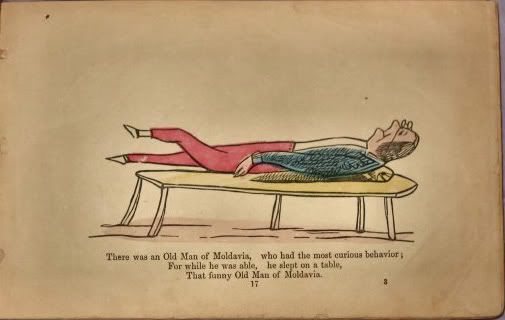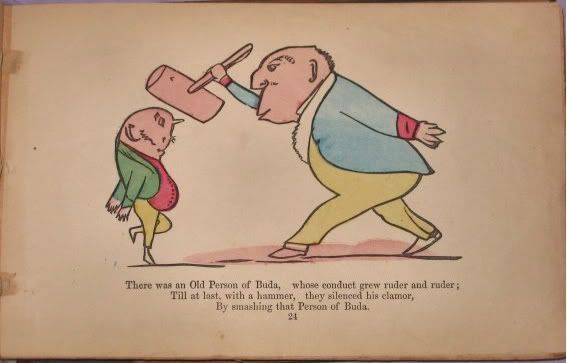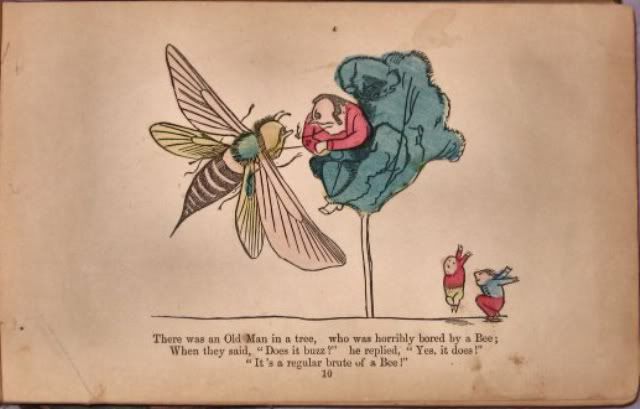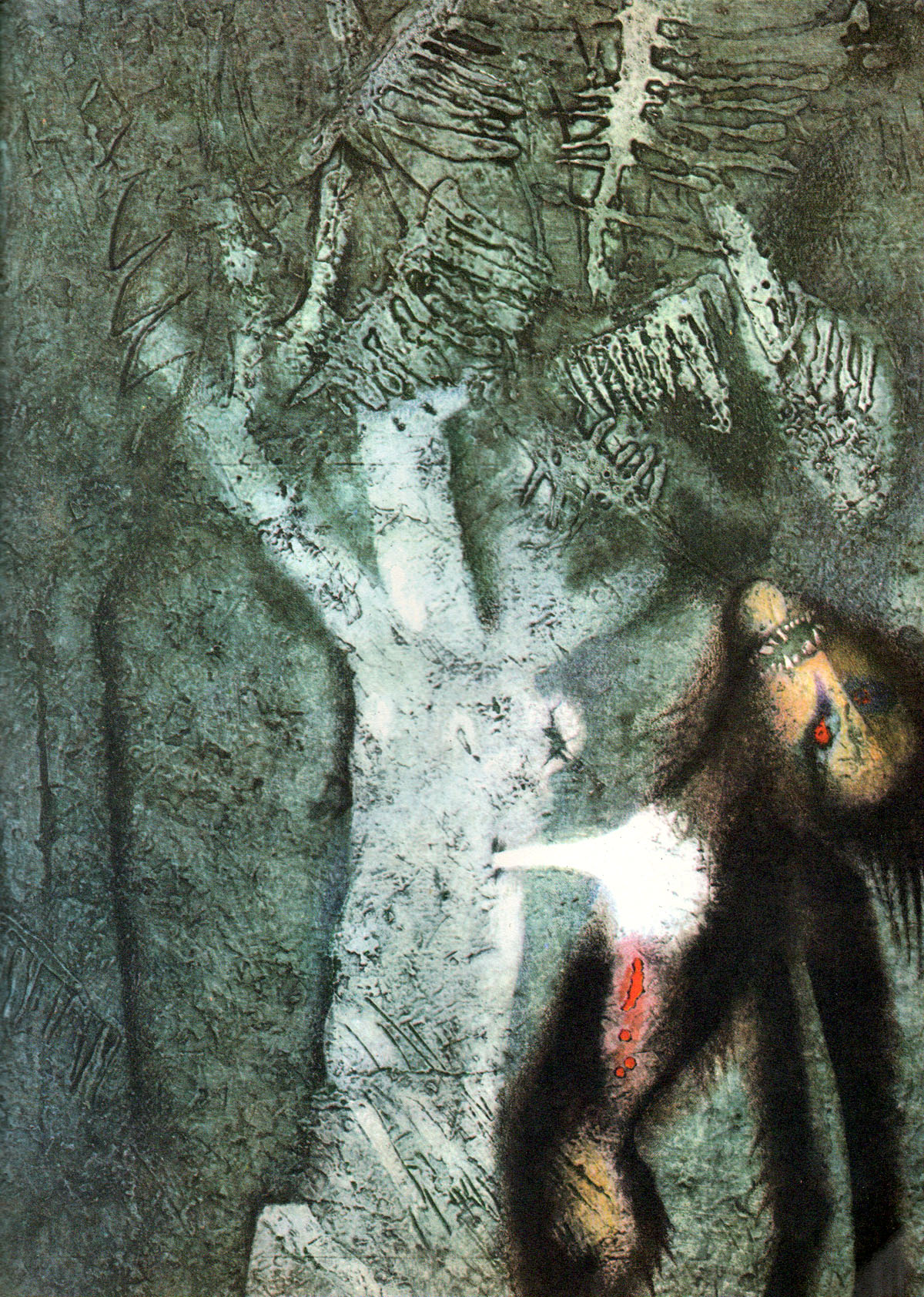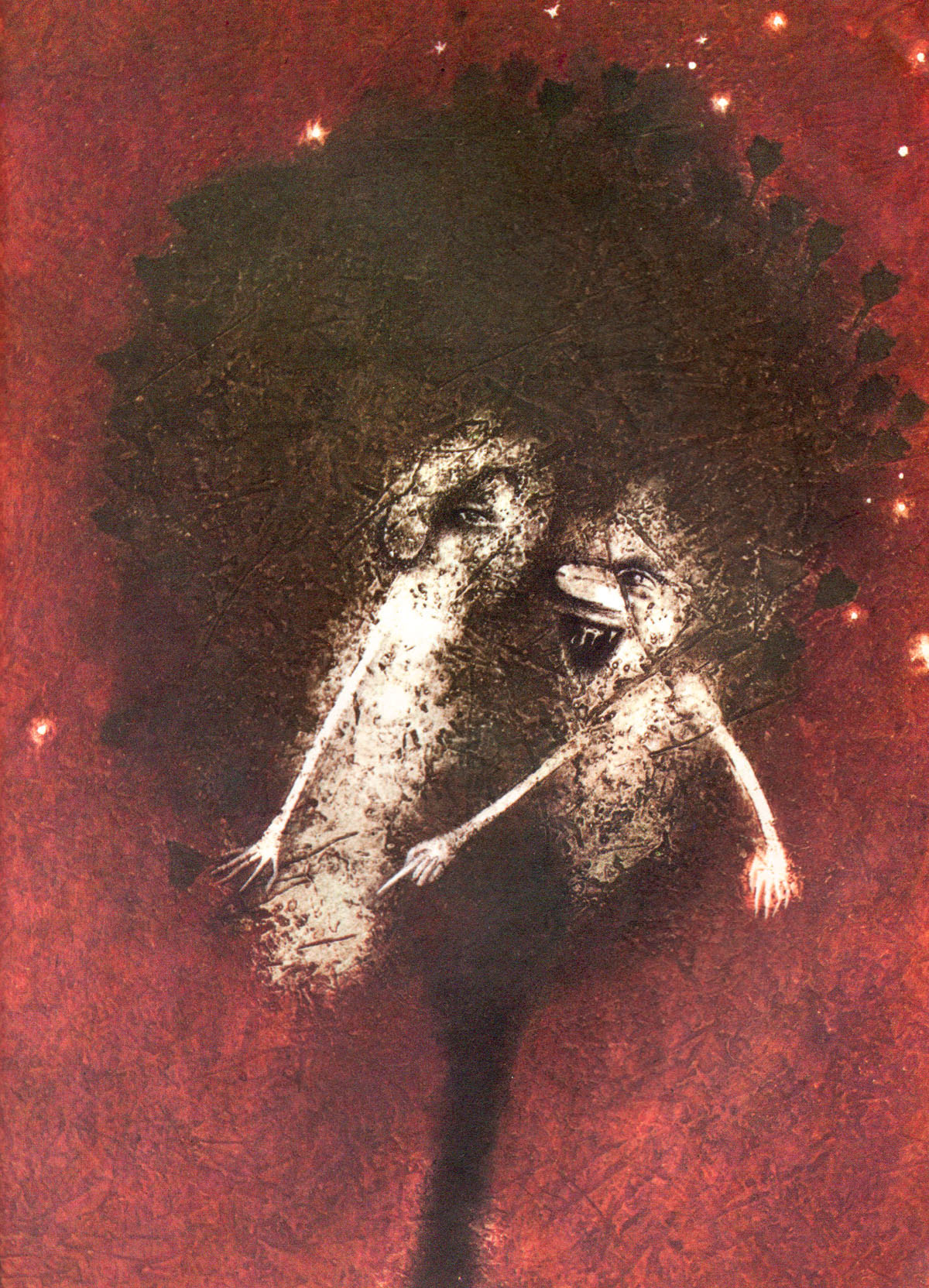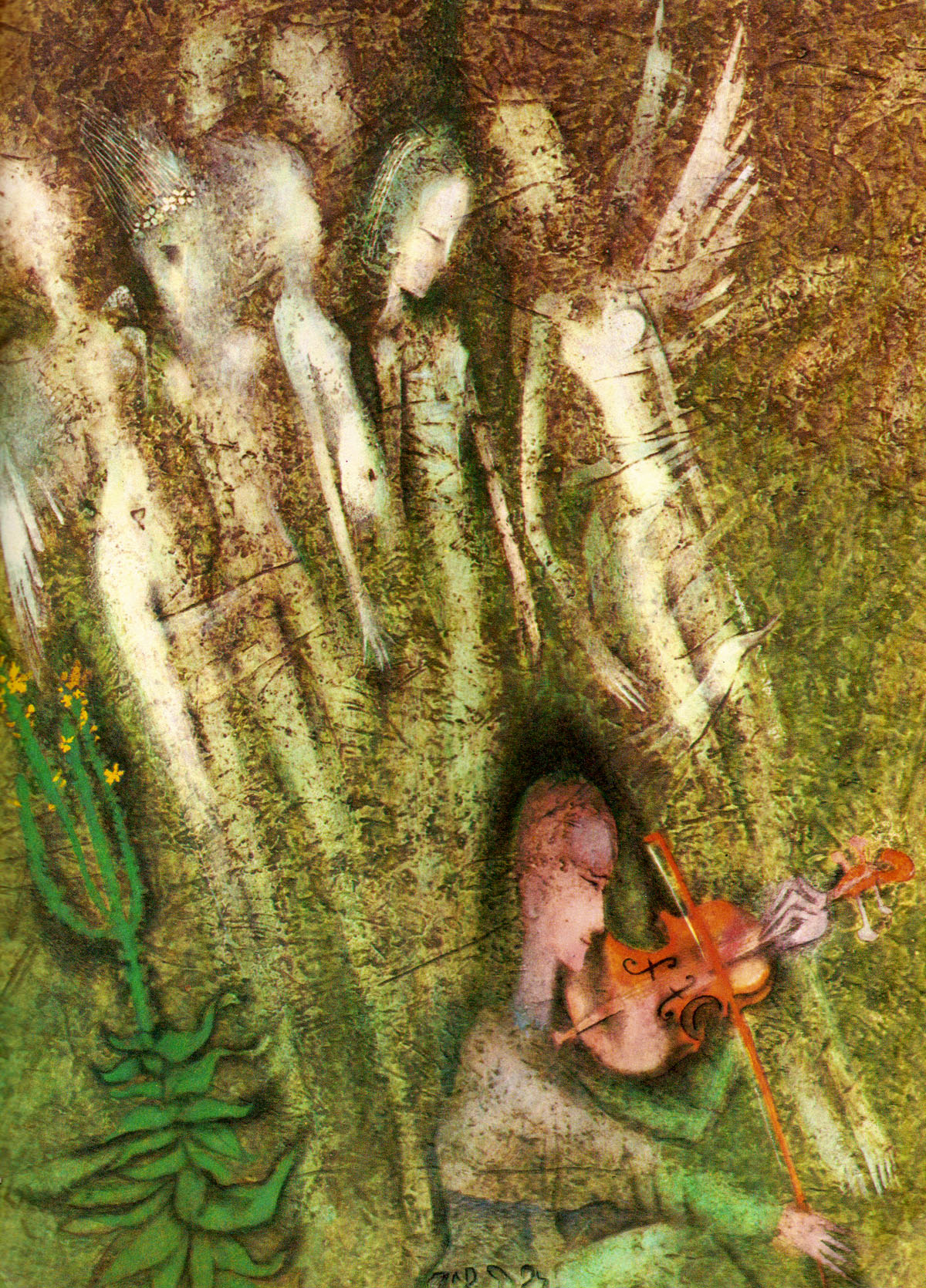Tales of the Nations was not an ordinary book that you could buy in a book store: it was a series of four-colour prints, somewhat larger than playing cards, which you received from the Hamburg publisher if you sent them vouchers. The vouchers were sold with Reemtsma cigarette packets. If you wanted the story which the pictures illustrated, you had to buy the collector's album at the tobacconist's: that contained the text of the stories and many additional black and white illustrations. The pictures and the albums are today collectors' items, though not rarities, as hundreds of thousands were printed and distributed all over Germany. Many of the older generation remember the storybook: the pictures have left a deep impression on them. "Ah yes!" white-haired ladies or gentlemen will often exclaim if you show it to them: "Indeed I know it - it's Sindbad the Sailor! But what was the name of that book?"
Yosl Bergner: Drawings to Franz Kafka



"Since the 1950s, Bergner has produced scores of paintings on different subjects and themes, and also designed for the theater. Like Kafka’s writings, there is a strong theatrical dimension to his work, notable also in these drawings. For example, the buildings he drew for Kafka’s Castle could have been a sketch for a stage set; the outline of tumbled down houses representing the East European shtetl."
Illustrations by Alexandre Alexeieff



The illustrations ran spanned the spectrum of printmaking techniques and demonstrated an unstoppable desire for technical innovation. His innovations include the electrolytic deposit etching, (a technique used to create a sense of depth, by depositing copper on copper). The technique was used to magisterial effect in the illustrations for the medieval Russian
epic Prince Igor; and the application of pin screen imagery to book illustration, most effectively used to illustrate Pasternak’s Doctor Zhivago.
Two Hundred Sketches (Humorous and Grotesque) by Gustave Doré
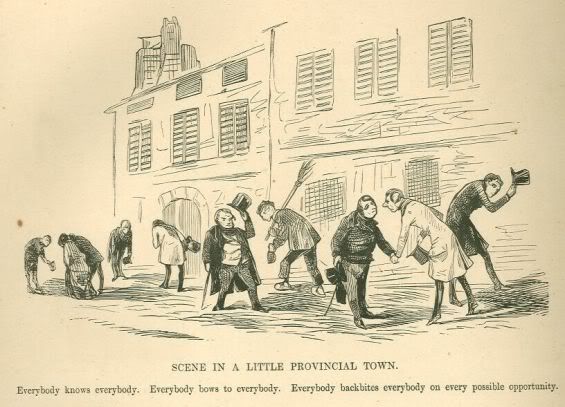
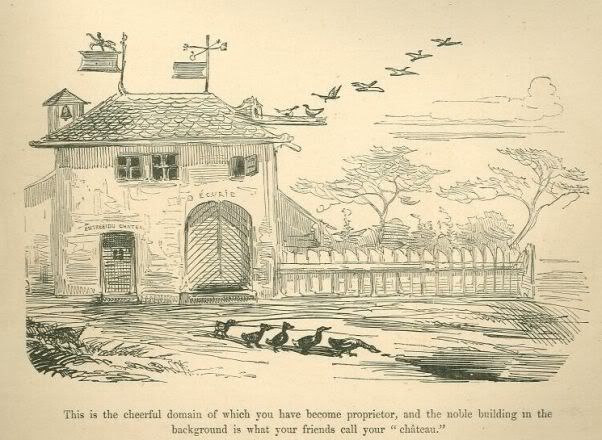
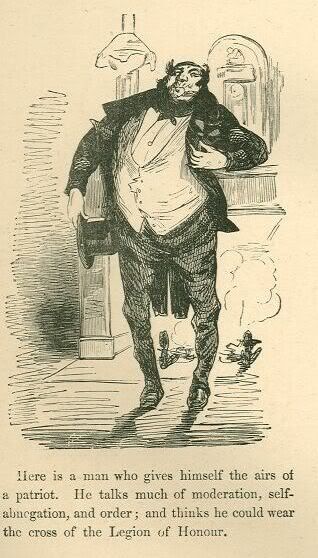
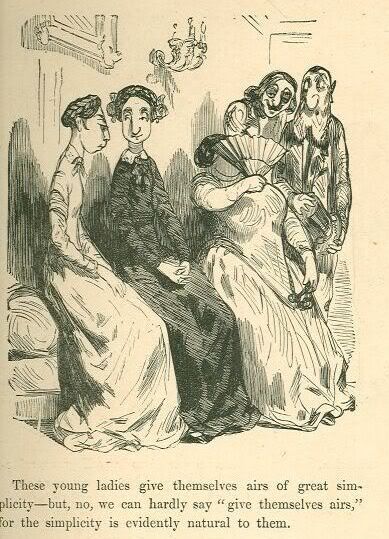
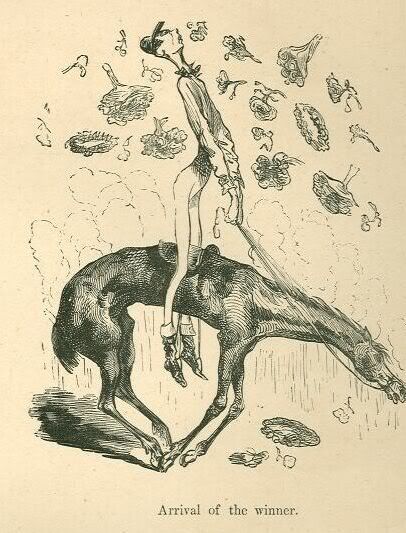
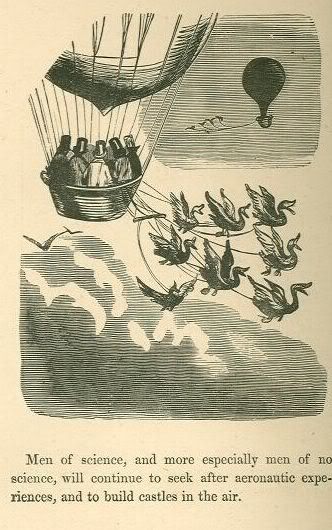
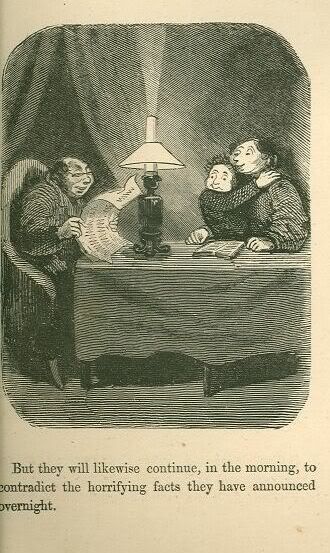
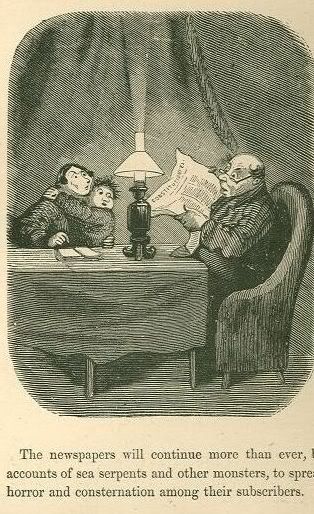
Mais aqui
Gustave Doré (1832-1883):
Desenhador francês. Inicia-se aos quinze anos em revistas humorísticas, dando-se a conhecer rapidamente. Nos seus desenhos expressa com grande habilidade psicológica estados de consciência e um forte sentido do burlesco.
Ilustra diversas obras literárias, entre as quais:
Gargântua (Rabelais)
Contos Maliciosos (Balzac)
A Divina Comédia (Dante)
Contos de Perrault
D. Quixote (Cervantes)
O Paraíso Perdido (Milton)
A Bíblia
Fábulas de La Fontaine
A Book of Nonsense by Edward Lear
Quem é o Golliwogg?
É o herói dos livros escritos por Bertha Upton e ilustrados pela sua filha Florence Upton no final do século XIX.
Sempre acompanhado pelas suas amigas, as bonecas holandesas, ele vive aventuras em países exóticos e distantes.
The Collins Australian Dictionary defines a Gollywog as
"... a black faced, goggle eyed fantastically dressed doll... "
The Macquarie Australian Dictionary defines a Gollywog as
"... a soft, black faced doll... "

Mais ilustrações e informações aqui, aqui e aqui
JM's World War One Sketchbook



Mais aqui
130 water-colour and pen and ink images which were produced by a British soldier based in France and Belgium between 1917 and 1918.
Subscribe to:
Posts (Atom)




